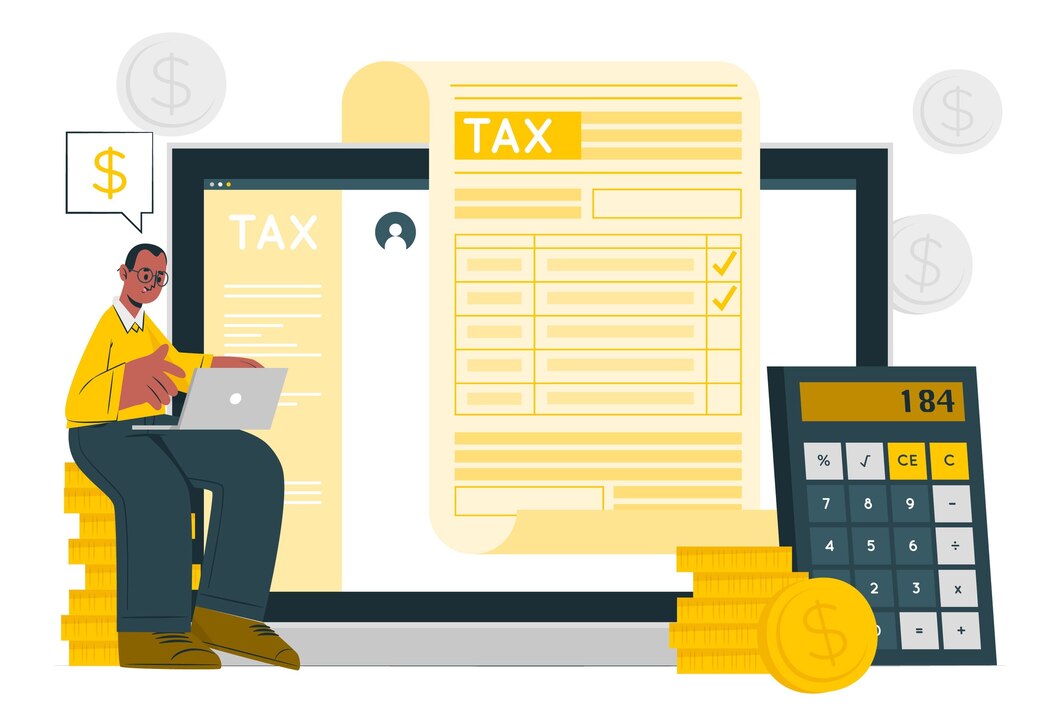In the realm of business and commerce, the terminology used in financial documentation may seem similar, yet they often denote very different concepts. Two such terms, “Invoice” and “Tax Invoice”, are often used interchangeably, but in reality, they serve distinct purposes and carry unique implications.
This article aims to distinguish between these two forms of financial documentation, illuminating their respective features, applications, and legal requisites. Let’s embark on this journey to understand what sets an invoice apart from a Tax Invoice in commercial transactions.
Understanding Invoices
An invoice, fundamentally, is a commercial document issued by a seller to a buyer. It records and details the products or services provided, their quantities, as well as the agreed-upon prices for these goods or services. This document serves as a verifiable record of the transaction, validating the exchange of value between the buyer and the seller.
Invoices not only facilitate proper record keeping but also act as a demand for payment from the buyer to the seller. Furthermore, invoices can be used as proof of sale and can be crucial for inventory management and financial forecasting. Despite their simplicity, invoices play a pivotal role in maintaining fiscal discipline and accountability in business operations.
Tax Invoice – How it Differs
A Tax Invoice, while akin to a general invoice in many ways, carries some added components – the most significant of which is the tax linked to the transaction. Primarily used in transactions involving Goods and Services Tax (GST) or Value Added Tax (VAT), a Tax Invoice features additional details like the tax rate and the amount of tax payable.
The issuance of a Tax Invoice is a legal requirement for registered traders making any sales where GST or VAT is applicable. Businesses use these documents to claim input tax credits, thereby forming an integral part of the tax system. Moreover, a Tax Invoice must satisfy specific conditions and include details like GST Identification Number (GSTIN) or VAT Identification Number (VATIN), a unique invoice number, the date of issue, and a clear breakdown of the goods or services provided along with their respective tax rates.
While it might seem complicated, various GST invoice templates are available to simplify the process. These templates guide businesses in preparing comprehensive and compliant Tax Invoices, ensuring they meet all necessary legal requirements. Thus, while an invoice and a Tax Invoice might seem similar at first glance, their role and implications in business transactions are markedly different.
Legal Implications of Invoices and Tax Invoices
The legal implications of Invoices and Tax Invoices are significant and carry varying obligations for both the seller and the buyer. For instance, from a seller’s perspective, issuing an invoice establishes an obligation for the buyer to make payment, establishing a legally binding debtor-creditor relationship. This invoice can be used as a legal instrument to pursue payment, including through debt collection services or legal proceedings, if necessary.
On the other hand, the issuance of a Tax Invoice has more complex legal implications. It serves as a crucial document for tax compliance. Failure to issue a Tax Invoice where GST or VAT is applicable can result in stringent penalties or legal action against the business.
In the case of the buyer, the receipt of a Tax Invoice enables them to claim input tax credits on their purchases, reducing their overall tax liability. However, they must ensure the Tax Invoice received is compliant; otherwise, their claim might be denied.
Real World Applications of Invoices and Tax Invoices
In the commercial arena, the relevance of invoices and tax invoices transcends sectors and industries. For instance, a freelance graphic designer would issue an invoice to their client upon completion of a project, detailing the hours worked and the agreed-upon hourly rate, thereby formally requesting payment. This invoice serves as a documented pledge of the client’s obligation to pay for the services rendered and as a record for income tax purposes.
Conversely, a retail store selling consumer goods would issue a tax invoice to customers. This document would not only detail the items purchased and their prices but also the applicable GST or VAT.
This tax invoice plays a twofold role: firstly, it serves to inform the customer about the exact tax amount they’re paying on the goods. Secondly, if the customer is a business entity, they can use this tax invoice to claim input tax credits, thus reducing their overall tax liability.
Furthermore, in the realm of international trade, a tax invoice becomes a crucial document. It accompanies the goods across borders, helping calculate the appropriate customs duties based on the declared value of goods and the additional taxes levied.
Concluding Thoughts
In the world of business and commerce, understanding the nuances of financial documentation is critical. While invoices and tax invoices may bear superficial similarities, they carry diverse implications both legally and operationally. An invoice, at its core, acts as a record of transactions and a tool for demanding payments.
Concurrently, a tax invoice, with its additional tax-related details, becomes a vital instrument for tax compliance and claim of tax credits. The correct usage of these documents, therefore plays a pivotal role in financial management, supporting business efficiency, and ensuring legal compliance. Whether you’re a small business owner or a financial professional, a clear comprehension of these concepts will undoubtedly aid in the smooth and successful management of business transactions.

